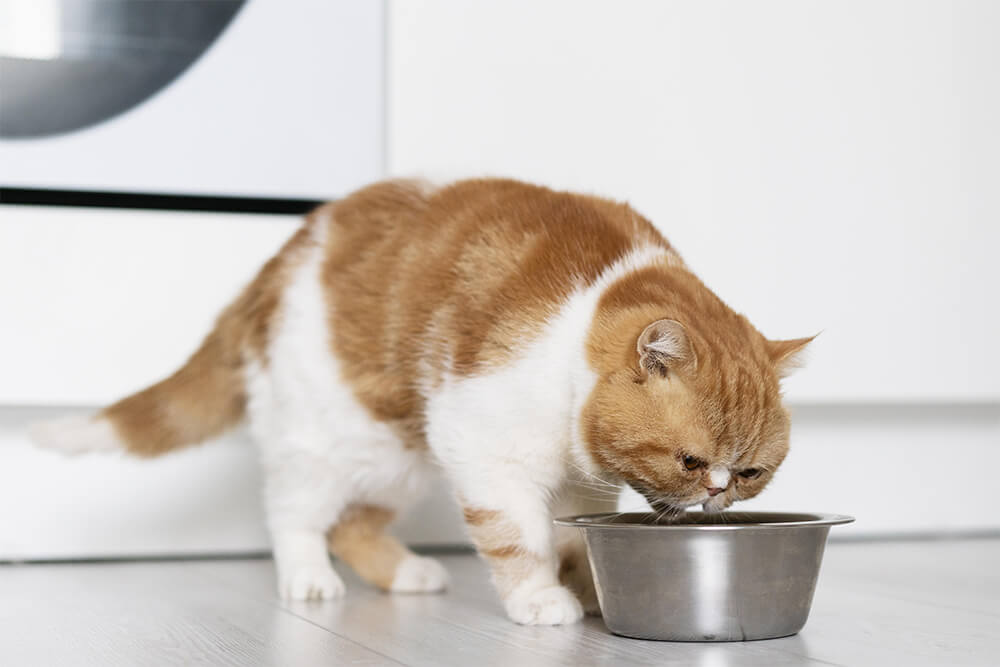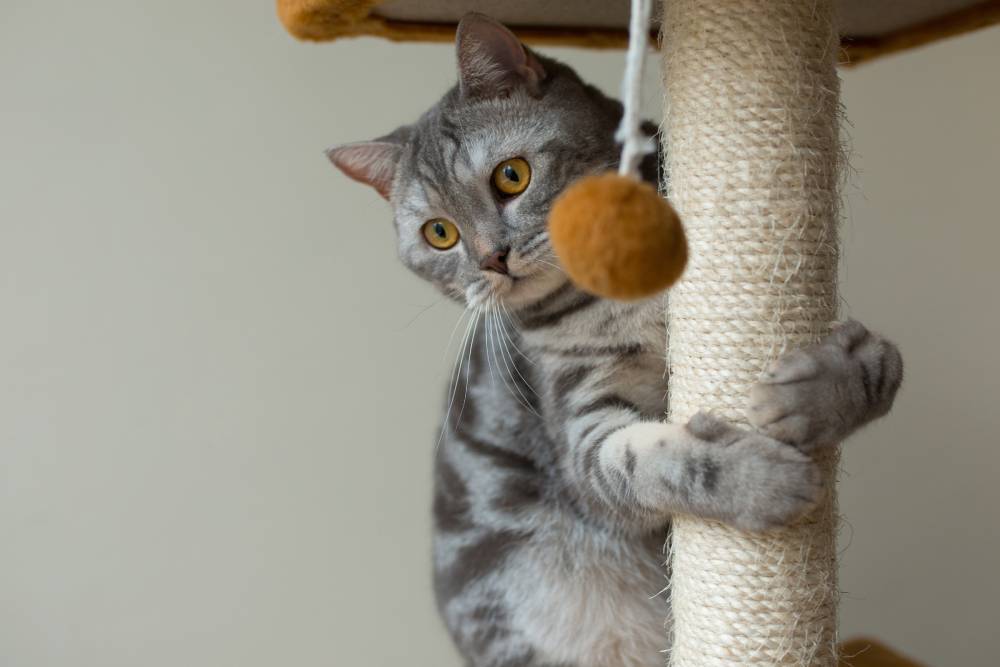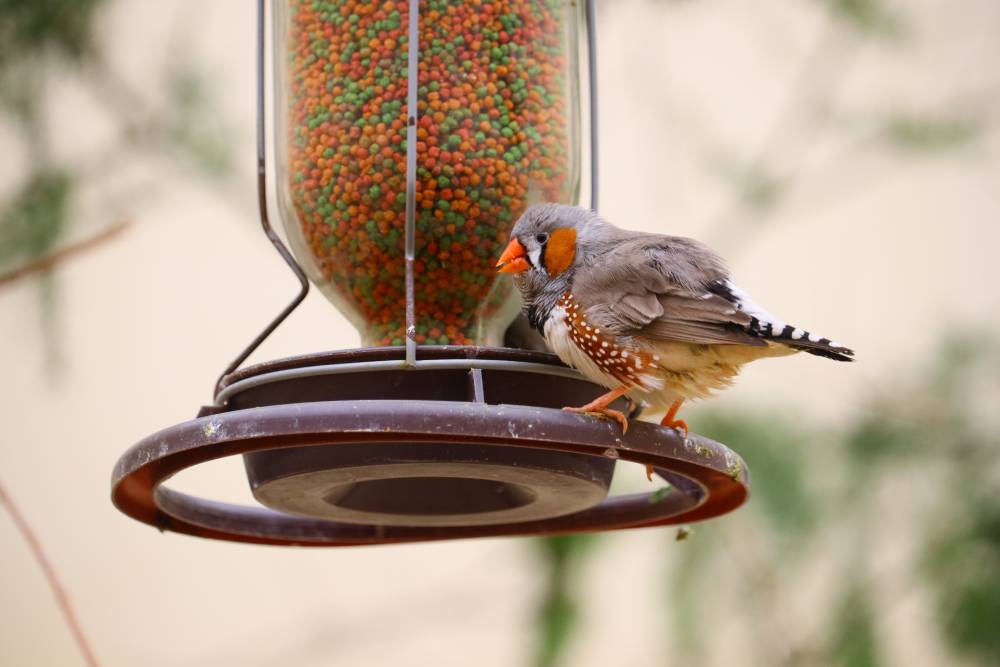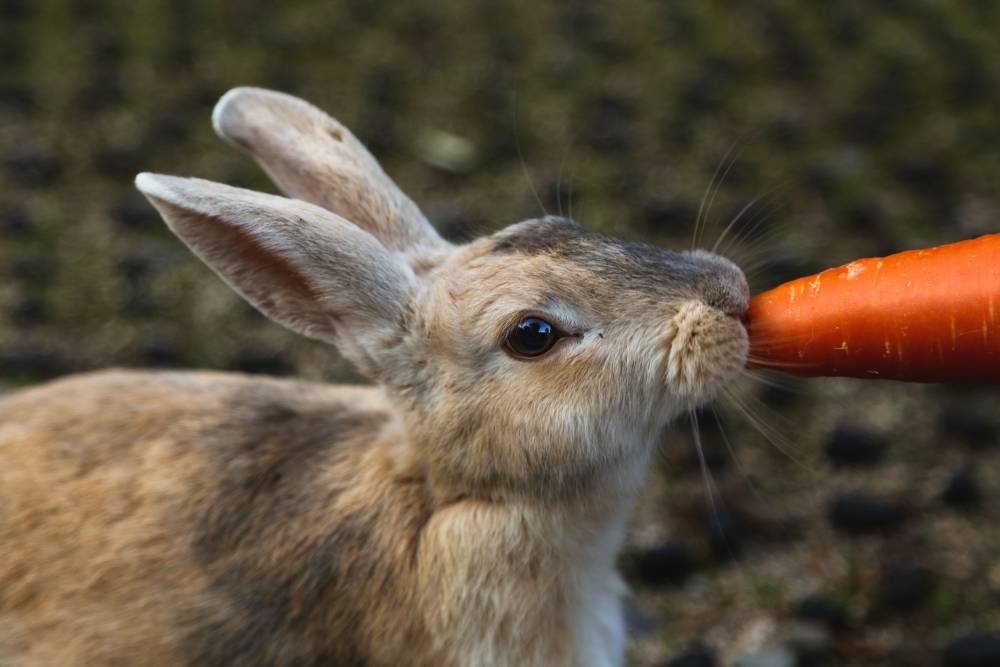Deciding on the best food for your feline friend can be a tough decision, especially when it comes to the age-old debate of cat wet food versus dry food. When considering the options, there are several factors to take into account.
Benefits of Cat Wet Food
One of the main advantages of wet food is its higher moisture content, which helps to keep cats hydrated and prevents urinary tract issues. This is especially important for cats who have difficulty drinking enough water on their own. By incorporating wet food into their diet, you can ensure they get the hydration they need to maintain optimal health.
Improved palatability and digestion
Another advantage of cat wet food is its highly palatable nature. The rich aroma and texture of wet food can entice even the pickiest eaters, encouraging them to consume a well-balanced meal. This is especially beneficial for cats with decreased appetite or those recovering from illness, as wet food can stimulate their appetite and help them regain their strength. Additionally, wet food is easier for cats to digest than dry food, reducing the chances of digestive issues such as vomiting and diarrhea.
Support for specific health conditions
For cats with certain health conditions, such as kidney disease or diabetes, wet food can be a valuable addition to their diet. The increased water content in wet food helps to flush out toxins from the kidneys and keep the urinary tract healthy. It also assists in regulating blood sugar levels, making it an ideal choice for diabetic cats. Consulting your veterinarian can help you determine the appropriate wet food formulation for your cat's specific health needs.
Advantages of Dry Cat Food
Dry cat food has its own set of advantages, from its longer shelf life to its convenience for cats that like to nibble on their meals throughout the day. With its low moisture content, dry cat food can be left out without spoiling, making it easier for pet owners who may not have time for multiple feeding times or frequent food changes. This is especially beneficial for cats who prefer to graze throughout the day rather than eat larger meals at specific times.
One of the key advantages of dry cat food is its affordability. It tends to be less expensive compared to wet cat food, making it a budget-friendly choice for pet owners. Additionally, dry cat food is available in a wide range of brands and flavors, allowing pet owners to choose the one that best suits their cat's preferences and dietary needs.
Convenience and Health
Another benefit of dry cat food is its convenience. It can be easily stored in airtight containers for long periods without the need for refrigeration, making it a convenient option for pet owners who may have limited storage space or travel frequently with their pets. Additionally, the crunchy texture of dry cat food helps maintain dental health by reducing plaque and tartar buildup, promoting healthy teeth and gums in cats.
You might also like: Tips for Choosing Your Cat's Food.

Drawbacks of Cat Wet Food
While cat wet food offers many benefits, it does come with a few drawbacks that pet owners should consider. One of the main concerns is the higher expense associated with wet food compared to dry food. The higher cost of ingredients and packaging, as well as the additional moisture content, contribute to the higher price point. This may be a deterrent for some pet owners, especially those on a tight budget.
Another drawback of cat wet food is its shorter shelf life once opened. Unlike dry food, which can be stored for extended periods, wet food should be consumed within a certain timeframe to maintain its freshness and nutritional value. This can be challenging for pet owners with cats that have a smaller appetite or for households with multiple pets where larger food portions may not be necessary.
Furthermore, the irresistible taste and texture of wet food can sometimes make finicky eaters dependent on it. Cats may develop a preference for the rich flavors and moist consistency of wet food, making it difficult to transition them back to dry food or other dietary options. It is important to carefully manage their diet and provide a balanced approach to ensure they receive the necessary nutrients from a variety of sources.
Addressing the Concerns
While the drawbacks of cat wet food exist, there are ways to address these concerns. For pet owners concerned about expense, it's worth considering the long-term health benefits of wet food. It can help prevent dehydration, especially for cats with health conditions that require increased water intake.
To address the shorter shelf life, pet owners can consider purchasing smaller portions or storing larger cans in the refrigerator for extended freshness. Alternatively, feeding smaller portions more frequently can ensure that all wet foods are consumed within the recommended time frame.
For cats that have become picky eaters, gradually introducing them to a combination of wet and dry food can help maintain their interest in meals while still providing the nutritional benefits of both options. This balanced approach can help prevent cats from developing strong preferences and ensure they receive a well-rounded diet that meets their nutritional requirements.
Concerns with Dry Cat Food
Feeding only dry cat food may raise concerns due to its higher carbohydrate content, the risk of obesity, and the need for a well-rounded diet that includes wet and dry options. While dry food is more affordable and has a longer shelf life, it is important to consider its impact on a cat's overall health.
The higher carbohydrate content in dry cat food can be a cause for concern. Cats are obligate carnivores, and their natural diet consists primarily of protein. Eating too many carbohydrates can lead to weight gain and potentially health problems such as diabetes. It is necessary to monitor portions and choose low-carb dry foods.
To avoid the potential downsides of eating only dry food, it is recommended to incorporate wet cat food into your feline friend's meals. Wet food has a higher moisture content, which helps maintain hydration and can be especially beneficial for cats who may not drink enough water on their own. It also provides a balanced source of nutrition and can help prevent weight gain.
A combination of wet and dry cat food can provide the benefits of both types. By providing a variety of textures and flavors, you can keep your cat engaged during mealtime while ensuring they receive the necessary nutrients.
When making decisions about your cat's diet, it is essential to prioritize their overall health and well-being. A well-balanced commercial diet that meets their nutritional needs is essential to ensure they live a happy and healthy life.
Conclusion
Ultimately, the choice between cat wet food and dry food depends on various factors, but what matters most is ensuring your feline companion receives a nutrient-rich diet that satisfies their specific nutritional needs.
In conclusion, it is crucial to prioritize a cat's nutritional requirements when deciding between cat wet food and dry food. Consulting with a veterinarian can help determine the best options for your cat's needs and ensure they receive a balanced and healthy diet.






